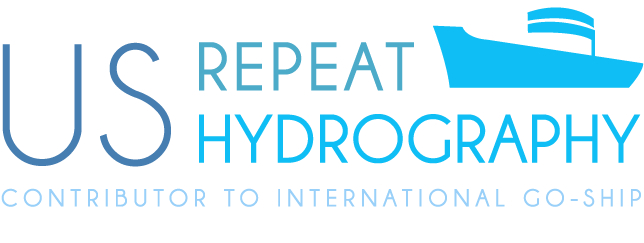
26 September 2014
Lynne Talley (SIO) and Brendan Carter (Princeton)
In our fourth week at sea, we completed 16 stations, deployed 3 additional biogeochemical Argo-equivalent floats, and 18 surface drifters for the NOAA Global Surface Velocity Program. All of our biogeochemical floats have thus far reported their first profiles, and the earliest floats have successfully completed their first 10 day cycles. We have been able to send our coincident lab analyses back to the float PIs for comparison with the float results, which are giving good profile shapes but with offsets, confirming the usefulness of chemistry at the time of biogeochemical float deployments.
Our station completion rate continued at the slow rate of the previous week, again due to weather restrictions as we continued to battle the broad wind tunnel centered at 60S and extending over our full station track to 55S, just beyond the top of the Pacific-Antarctic Ridge and in the center of the Antarctic Circumpolar Current. Beyond this point, the weather began to clear and we began more routine operations at a rate of about 3 stations per day.
Our station 29 was directly north of the Subantarctic Front based on the high surface velocities registered by the shipboard ADCP, and the abrupt change to subantarctic type waters. Water samplers appreciated the vanishing of negative temperature waters.
As we proceeded northward across the ridge, at the first station deeper than 4100 m, we uncovered multiple breaks in the outer layer of the CTD wire. The breaks looked to be worse farther down in the spool. We continued safely sampling to 4100 m for the next 8 stations over the next two days while considering options for sampling to the > 5000 m depths that are arriving at 49S. After determining that the spare wire appears to be in good shape, the viable option was to transfer operations from the Baltic room to the main deck even though the sheave is not the best for this wire. With excellent weather today, the transfer was accomplished successfully (picture). Because the deck has been nearly continuously awash for most of the cruise, the water sampling will likely not be done underway, which will add approximately 60 hours of station time to the cruise. This and the time required for the transfer of operations means cancelling a large number of stations, and will be accommodated by increasing the station spacing, potentially from the stipulated ½ degree to 1 degree.
As said last week, on the positive side, it is a pleasure to work with this team of professionals and dedicated students, each contributing their thorough expertise and the ability to adapt to circumstances.